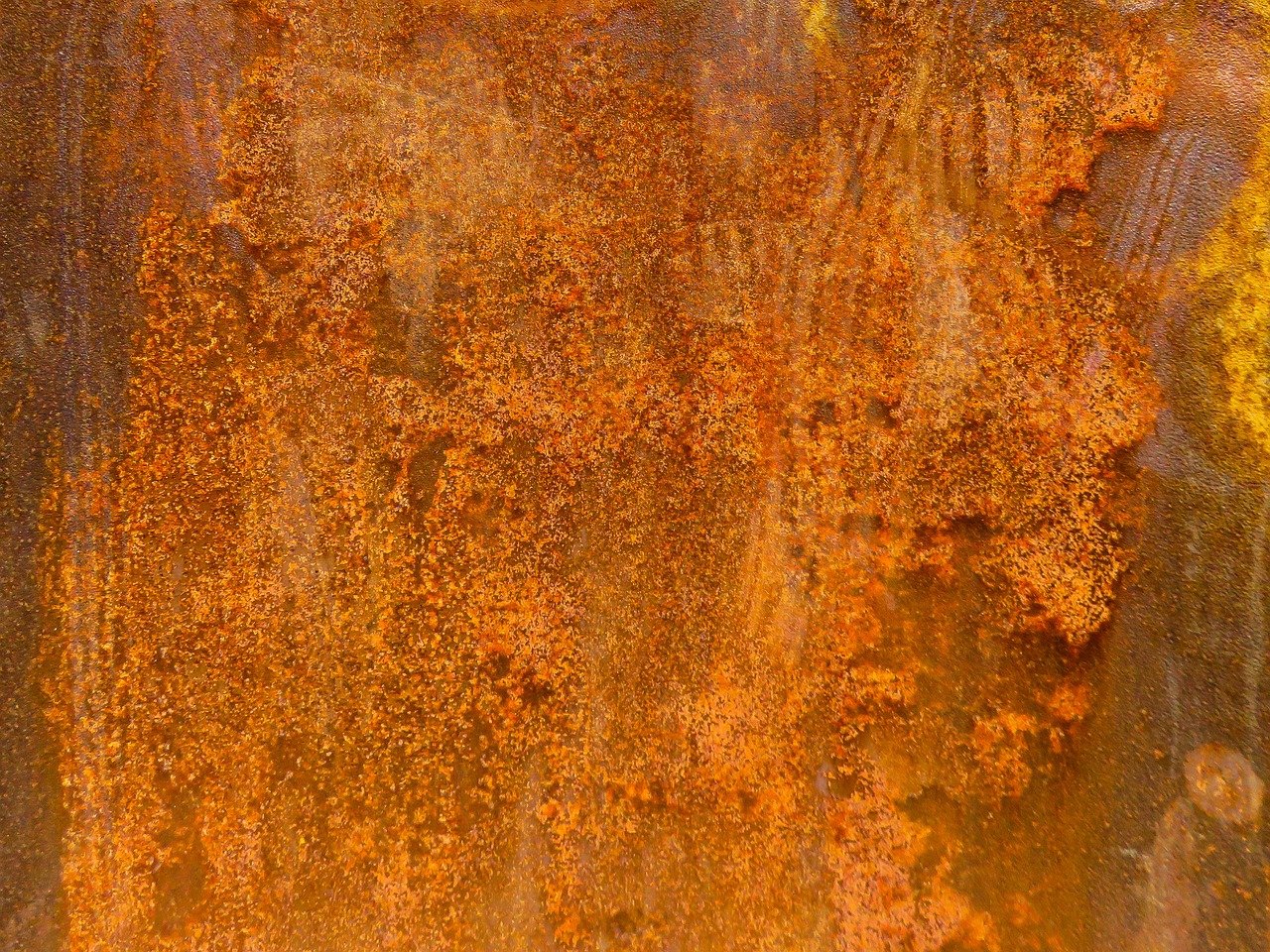What Metals Don’t Rust or Corrode

Rust and corrosion are some of the biggest enemies of metals. These deficiencies can lower the strength of the part over time, and in some circumstances, become a safety issue.
There is a difference between rust and corrosion, though. Rust is generally used to describe the oxidation of iron and iron-based alloys only. Usually, rust occurs when iron-based metals come into contact with water, saltwater, acidic substances, etc.
Corrosion, on the other hand, is used as a broad term to describe the destruction of metals due to chemical or electrochemical reactions. While rust only appears on iron and iron-based alloys, corrosion can occur on almost every metal.
Some metals are more resistant to corrosion than others, though. None will withstand rust or corrosion forever, but still, it should resist these reactions for the lifetime of the part. Here are those metals.
Stainless Steel
Stainless steel is an iron-based alloy with at least 11% chromium in its composition, but some contain nickel as well. This alloy creates a thin chromium-oxide layer on the surface, which protects the part from further oxidation. Even when a crack appears in the metal part, a new layer of the compound will form, protecting the part further. Stainless steel is the most commonly used metal for high-strength parts in corrosive environments.
Aluminum
Curiously, aluminum is one of the most reactive metals known to humankind. Then, why do we know it as a corrosion-resistant element? Well, that’s because when aluminum reacts with oxygen, it creates a thin layer on the surface. This aluminum-oxide layer stops the part from further reacting with the atmosphere, thus limiting corrosion in the long run.
Copper and Bronze
Copper and bronze have similar corrosion resistance properties. That’s because bronze is an alloy that consists primarily of copper and traces of other metals, such as aluminum, zinc, nickel, or manganese. Both copper and bronze can oxidize, but the green patina that occurs on the surface protects the metal from further corrosion.
Brass
Brass is an alloy that contains copper and zinc, and small traces of iron. Both zinc and copper create a thin oxide film, which prevents further corrosion. Nonetheless, due to the existence of copper, green patina can appear on the surface. Still, that substance at least keeps the internals from corroding further.
Galvanized Steel
Applying a thin film of zinc on iron-based alloys can increase the rust and corrosion resistance. That’s because zinc quickly reacts with oxygen and creates a thin film on the surface. The zinc-oxide layer then protects the iron alloy from rust and corrosion. However, corrosion can occur if cracks appear on the surface.
Precious Metals
Gold, platinum, palladium, and silver are considered precious metals. One of the reasons is because they can stand the test of time. In other words, these metals are non-reactive with oxygen, which makes them extremely resistant to corrosion. However, these metals are also costly, which makes them less useful for industrial purposes.

 Tech Steel & Materials
Tech Steel & Materials